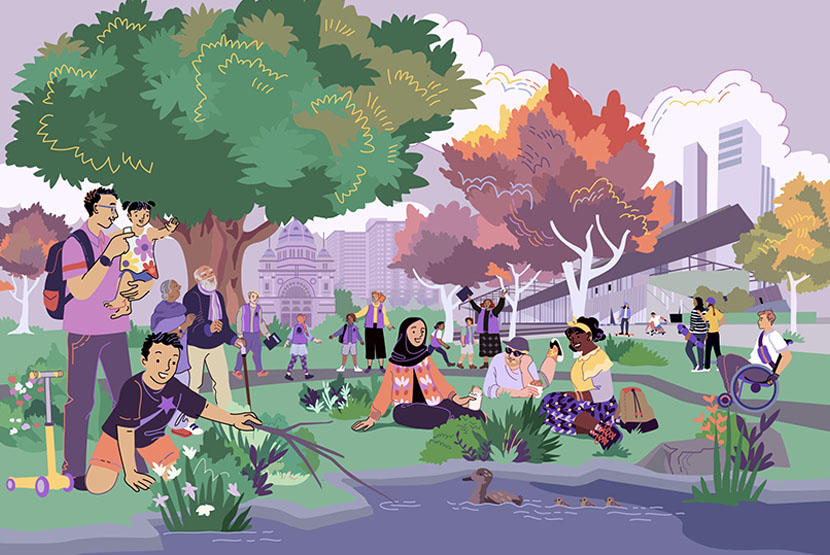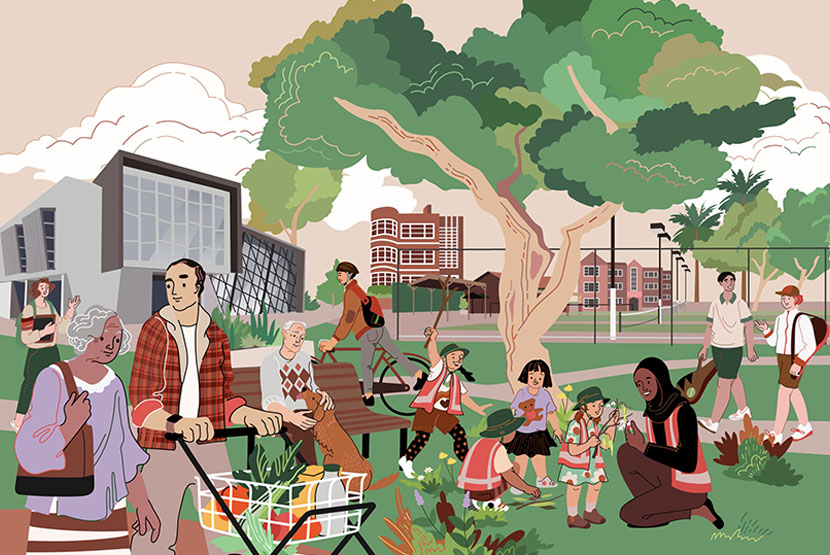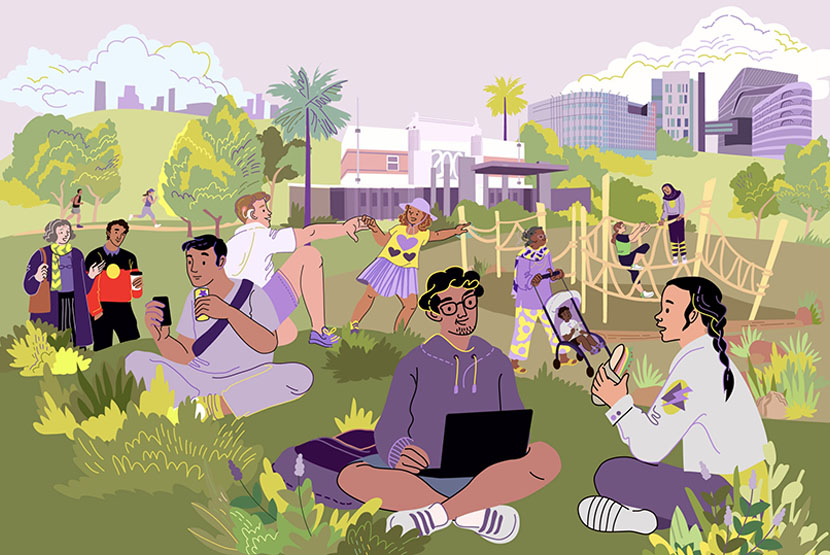New “neighbourhood portals” go live for East Melbourne, Carlton and Parkville
Online portals for East Melbourne, Carlton and Parkville have been launched by the City of Melbourne, providing a dedicated space to keep up to date with works and events in their respective local areas.
The council’s 10 new “neighbourhood portals” — each covering different suburbs in the municipality — are intended to be a one-stop space that covers all relevant, hyperlocal information for those who live, work or study locally.
This includes, for example, development activity updates, how to book a space or meeting room, how to apply for funding, and importantly, how to have your say on things that are impacting the local community.
Notably, the council has employed “partners” for the three suburbs (and all seven other neighbourhoods), who will act as the main point-of-contact on specific issues within the area.
It is hoped that the initiative will allow the community to better connect with the council by helping share their ideas for the future.
The council has acknowledged that there were vast differences in different suburbs within the municipality (for example, between East Melbourne and Docklands) and said its new “place-based” neighbourhood approach would ensure it could understand and respond to unique communities.
It said that this model ensured a “continuous cycle of community engagement”, where local knowledge and priorities were translated into action.
“We know that each neighbourhood has different needs, opportunities and challenges, so we’re proud to be rolling out a dedicated Neighbourhood Portal for every community across the municipality,” Lord Mayor Sally Capp told Inner City News.
“We’re listening to our inner-city communities, who’ve told us that maintaining and enhancing biodiversity within our urban environment and improving local transport is important to them.”
“That’s why we’re bringing more nature into the city through our Urban Forest Strategy and community gardening programs. We’re also committed to delivering on our Transport Strategy 2030 by reducing speed limits on local streets and bringing more protected bike lanes into the network.”
The portals were endorsed at the council’s Future Melbourne Committee meeting on June 14. The council’s Health, Wellbeing and Belonging portfolio chair Cr Dr Olivia Ball said at the time that it was important recognition of suburbs outside the Hoddle Grid.
“Many people think of the City of Melbourne as the CBD, but it is, in fact, as you well know, the CBD plus all of the surrounding suburbs and each of them has its own needs and distinctive features,” Cr Dr Ball said.
The council will create a database of people’s views on certain topics, not merely from locals’ input into the online portal but from letters and phone calls, which would be tagged by topic and location.
“We will build up, for our purposes, an internal-facing knowledge bank where we can find [for example] ‘what does North Melbourne think about off-leash dog parks?’ Or ‘what does North Melbourne think about vaccinations?’ Etc, so we have — building up over time — an accessible and accurate picture of what the community wants on different topics.”
The first two neighbourhood portals (for the CBD and Kensington) were launched in June and have received 1800 unique visitors in the first three months according to the council.
As of October 26, all 10 neighbourhood portals were live. The remaining eight are: Carlton, Docklands, East Melbourne, North Melbourne, Parkville, Southbank, South Yarra and West Melbourne. •
To find out more visit participate.melbourne.vic.gov.au/neighbourhoods

Residents win fight to save laneway from development in East Melbourne









 Download the Latest Edition
Download the Latest Edition